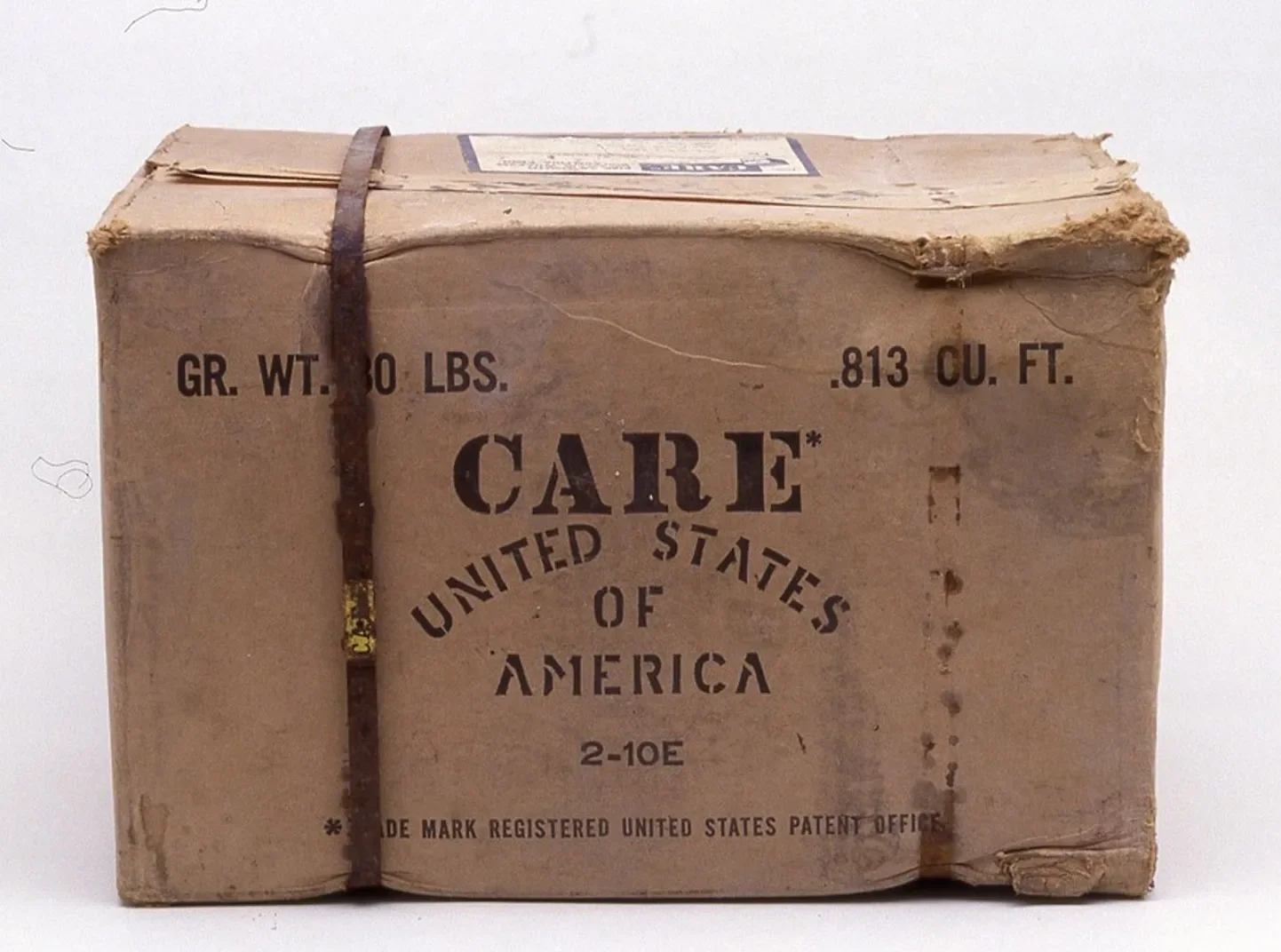Executive summary
Study overview
In 2019, CARE commissioned the study “What Does Gender-Sensitive Cash and Voucher Assistance Look Like?” to evaluate the extent to which CARE’s programming with cash and voucher assistance (CVA) met the strategic intent. It guided the agency-wide definition and design of subsequent guidelines on gender sensitive CVA. In 2021, CARE again reflected on progress toward this ambition and commissioned a review to answer the question, “To what extent is CARE’s use of CVA meeting the needs of women and girls in ways that represent the best possible outcomes by maximizing inclusion, effectiveness, and efficiency?”. This study aimed to evaluate the experience of respondents receiving CVA, with an emphasis on the experience of women respondents.
Methodology
The study occurred between June and August of 2021 in Ecuador, Ethiopia, Jordan, and Zimbabwe using one-on-one interviews, focus group discussions (FGDs), and storytelling. In total, CARE conducted 28 interviews and 35 FGDs with 317 respondents. Women respondents comprised 71% of individual interviews, with men making up the remaining 29%. Of the 34 FGDs, 56% involved only women (166 total respondents). Thirteen individual testimonies were collected from respondents (nine women), with four of these testimonies videotaped (women only). Additionally, the participating CARE country offices completed a checklist based on CARE Gender sensitive CVA Guidelines; in addition to the previously mentioned countries, CARE Philippines participated in the checklist review.
